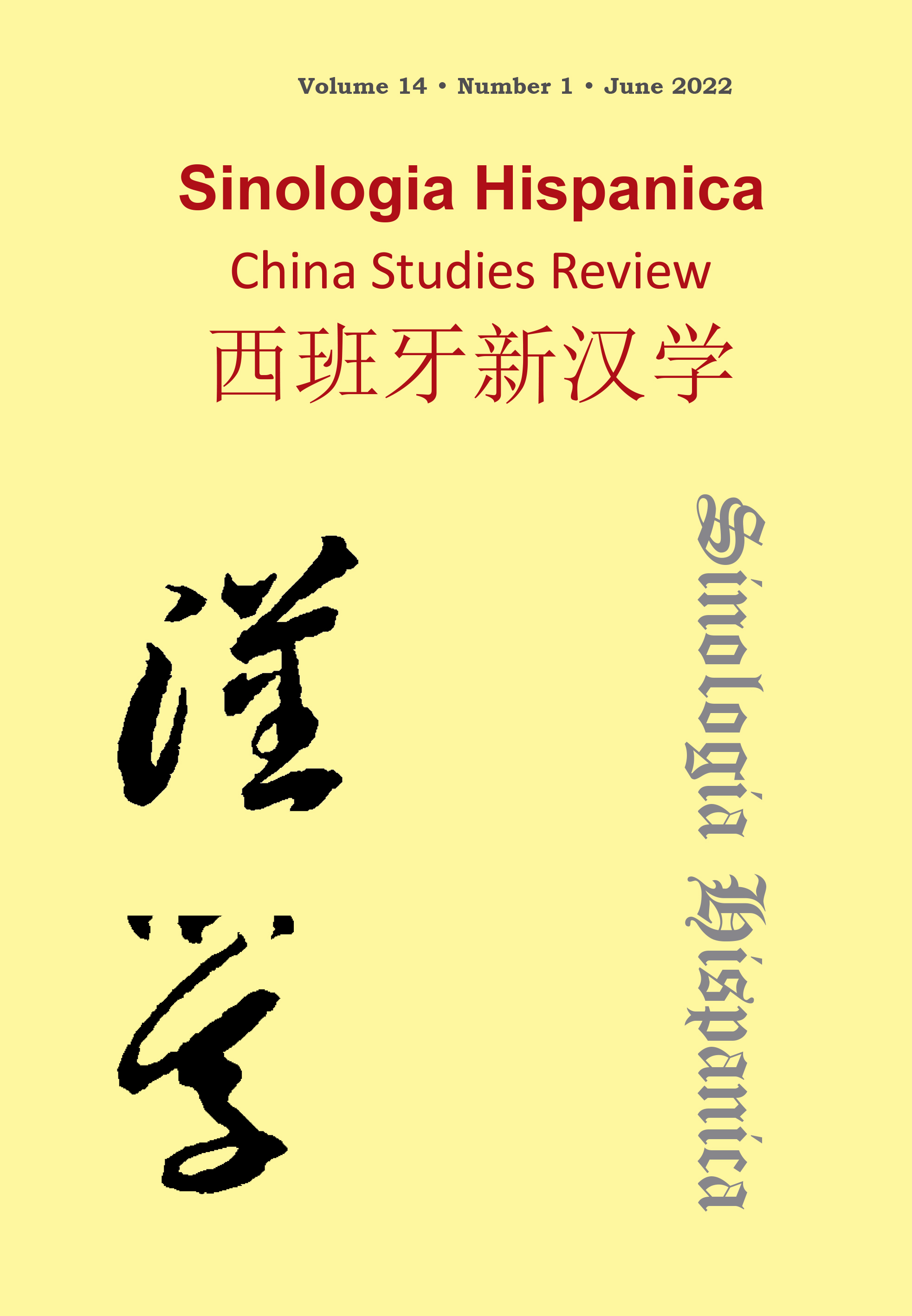China's Education Policy in Rural Areas in the Early 21st Century and Its Impact on Sichuan Province
DOI:
https://doi.org/10.18002/sin.v14i1.7384Keywords:
Rural society; education; policy; urban-rural dichotomy.Abstract
China's reform and opening in 1978, were caused the largest migration flows in China's history resulting in a year-on-year decline in the rural population. This paper analyzes the changes and consequences of a series of educational policies for rural schools and educational groups in the period after 2000, when the student population declined. In terms of methodology, the ethnographic fieldwork was conducted in Sichuan province. We worked with 12 people involved in the overall process of the study, including both teachers and former students and villagers who were educated during this period. The information was supplemented with other sources, statistics, and other bibliographies. The results show that the educational environment of China's rural areas has changed dramatically because of the combined effects of mass migration and family planning brought about by urbanization. The process of urbanization has caused a "fragmentation" of the educational environment and resources between urban and rural areas. At the same time, this "fragmentation" has aggravated the gap between urban and rural educational environments. It has influenced rural people's perception of education, giving rise to a new "theory of the futility of education".
Downloads
Métricas alternativas
Downloads
Published
Versions
- 2024-03-06 (2)
- 2022-11-06 (1)
How to Cite
Issue
Section
License

This work is licensed under a Creative Commons Attribution-NonCommercial-ShareAlike 4.0 International License.
Sinología Hispánica. China Studies Review considers all manuscripts on the strict condition that:
- The authors assign the exploitation rights (reproduction, distribution, public communication and transformation) of the work accepted for publication to the University of León on a non-exclusive basis. Authors can establish, on their own, additional agreements for the non-exclusive distribution of the version of the work published in the journal (for example, placing it in an institutional repository or publishing it in a book), always acknowledging the initial publication. in this magazine.
- The manuscript is your own original work and does not duplicate any other previously published work, including your own previously published work.
- The manuscript is not currently under consideration or peer review, nor accepted for publication, nor in press, nor published elsewhere.
- The manuscript contains nothing that is abusive, defamatory, libellous, obscene, fraudulent, or illegal.
- Please note that Sinologia Hispanica uses Turnitin software to screen manuscripts for unoriginal material. By submitting your manuscript to Sinologia Hispanica you are agreeing to any necessary originality checks your manuscript may have to undergo during the peer-review and production processes. Any author who fails to adhere to the above conditions will be rejected.
- Authors are allowed and encouraged to electronically disseminate the pre-printed versions (version before being evaluated) and / or post-printing (version evaluated and accepted for publication) of their works before publication, since it favors their circulation and dissemination more early and with it, a possible increase in its citation and reach among the academic community.
Sinologia Hispanica is under an international license Creative Commons Attribution-Noncommercial-Share Alike 4.0. You can read more about this license in an informative version and legal text.








